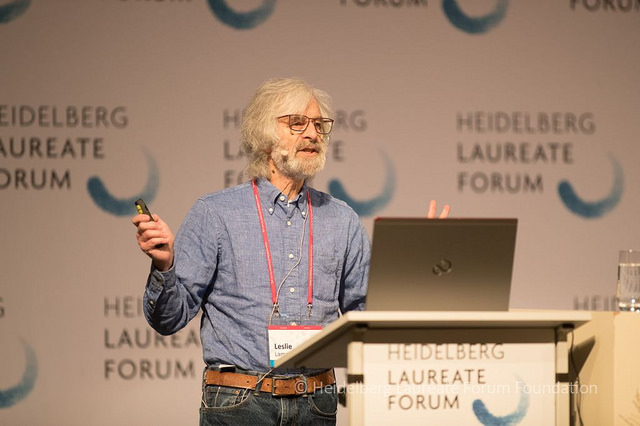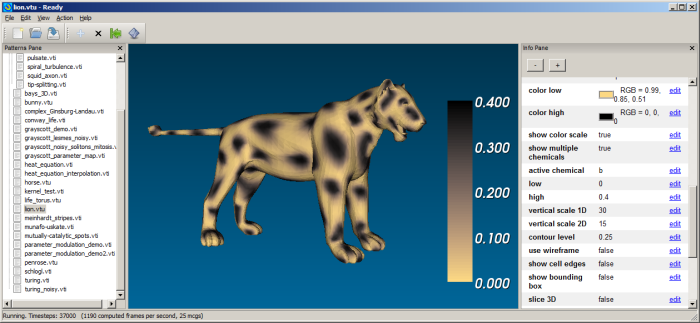The recent preprint ‘You need 27 tickets to guarantee a win on the UK National Lottery‘ by David Cushing and David I. Stewart presents a list of 27 lottery tickets which will guarantee to match at least two numbers on the UK National Lottery, along with a proof that this is the minimum number you need to buy. The argument is clever and makes delightful use of the Fano plane.
I wrote some Python code that runs all 45,057,474 possible draws against these 27 tickets.
All draws had between 1 and 9 winning tickets from the set (crucially, none had zero!). Obviously for 27 of the draws one of the winning tickets matched all six numbers, but about 75% of the draws saw a maximum of 2 balls matched by the winning tickets, and a further 23.5% had at most 3 balls matched. This means almost 99% of the time the 27 tickets match just two or three balls, earning prizes which may not exceed the cost of the 27 tickets! (I recommend reading Remark 1.2 in the paper.)
More findings and my code on GitHub.
Update 1: Tom Briggs asked what’s the expected return for buying these 27 tickets. I think the average return is about £20, which is a £34 loss (and of course this is an average from a set of numbers that includes some big wins). Assumptions and details in the GitHub.
Update 2: Matt Parker prompted me to investigate what percentage of draws end in profit. Even though 99% of the time the tickets match just two or three balls, if more than one ticket matches three balls that would still be a small profit. In fact, a profit is returned in 5% of draws, though as noted above the expected return is a loss. Matt included this result in a fun video about the 27 tickets. Again, assumptions and details in the GitHub.


